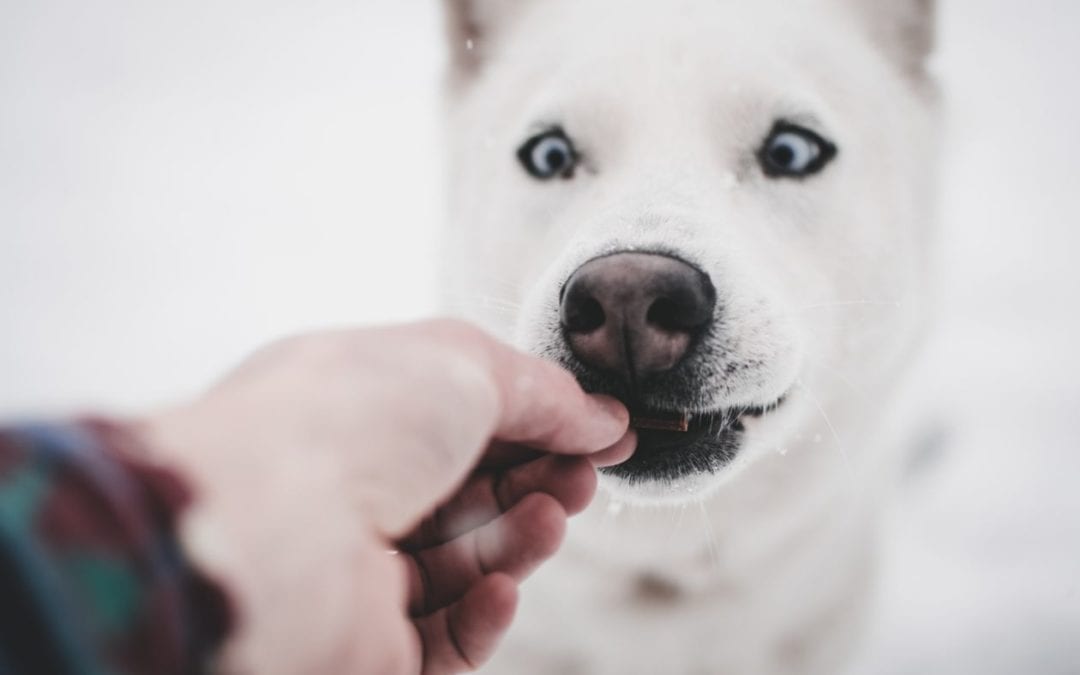According to the Association for Pet Obesity Prevention, an estimated 59% of cats and 54% of dogs in the United States are overweight or obese. With all the ingredients that pet foods are made of nowadays and the uncertainties about the ideal body weight, it can be difficult to manage a pet’s weight and diet. Pets who are overweight and obese are at increased risk of developing diabetes, cardiovascular disease, orthopedic disease, cancer, and more. Here’s what you should know about keeping your pet at a healthy weight.
Recognize when your pet has a problem
When you see your pet every day, it can be challenging to recognize when she’s gained a pound or two. But a pound or two for a small cat or dog can make a big difference. If your pet is at a healthy weight, you’ll easily be able to feel all of her ribs without seeing them. When viewed from the side, she’ll have an “abdominal tuck,” where there is a clear waistline.
Talk about weight with your veterinarian.
No one likes to talk about weight, and even health care providers will often skip over the topic to avoid offending someone. But it’s an important discussion to have. Don’t be afraid to ask, “Is my pet overweight?” During a one-on-one consultation, we can recommend various diet food products as well as some tips for exercise and how to keep your pet active. We will consider your pet’s breed, BMI, and current weight, diet, and activity level in our recommendations.
Feed appropriately
Your pet’s food should be labeled for her species, and it should be tailored to her needs regarding age, activity level, and health status. If you have a puppy, she’ll benefit from higher-calorie puppy food. If you have a senior cat with early-stage kidney disease, you should choose a food formulated for cats with kidney disease and feed her the appropriate daily amount based on her activity level.
Also, be sure to limit your pet’s treats and do not feed table scraps. Treats should never account for more than 10 percent of your pet’s recommended daily caloric consumption.
Food aisles at pet stores can be overwhelming. Ask us for help choosing a food that would be appropriate for your pet.
Provide opportunities for activity
Every good weight loss or maintenance plan includes exercise. Get active with your pet: Increase walking frequency or length with your dog. Encourage your cat to chase a laser pointer or remote-controlled toy. These activities will also help to strengthen the bond you share with your furry pal.
Contact us to book an appointment or to go over any questions or concerns you have regarding your pet’s weight and diet.

